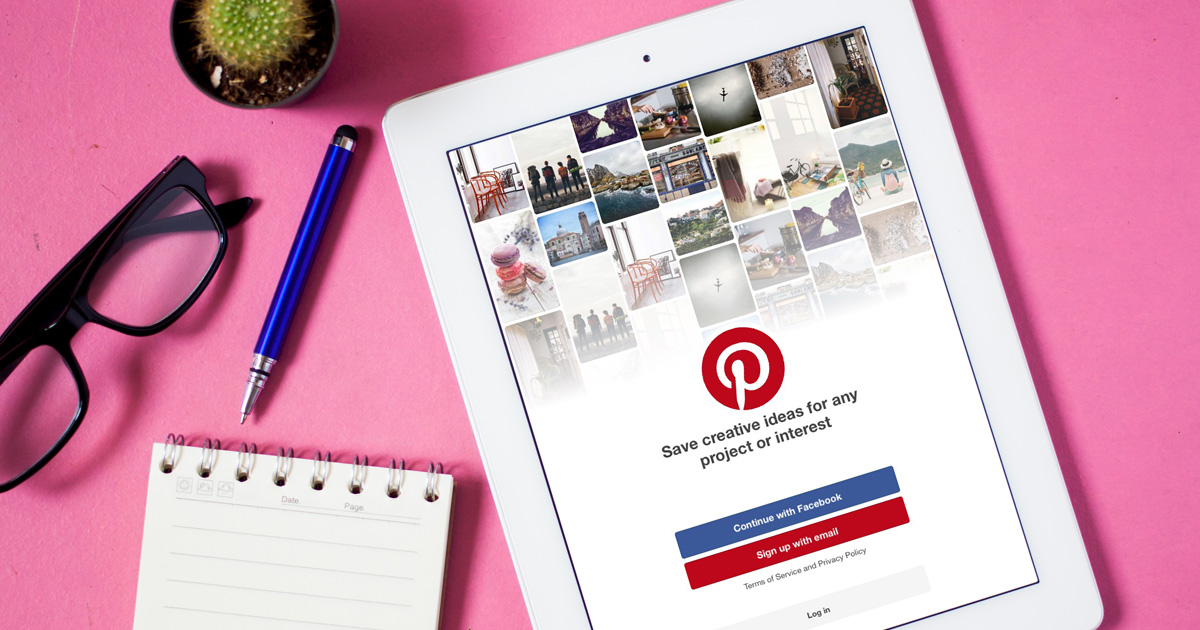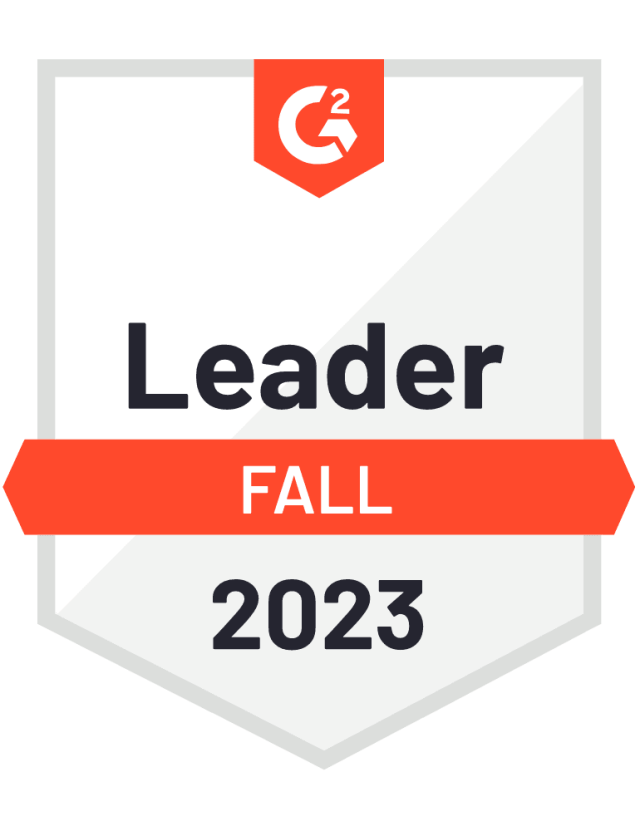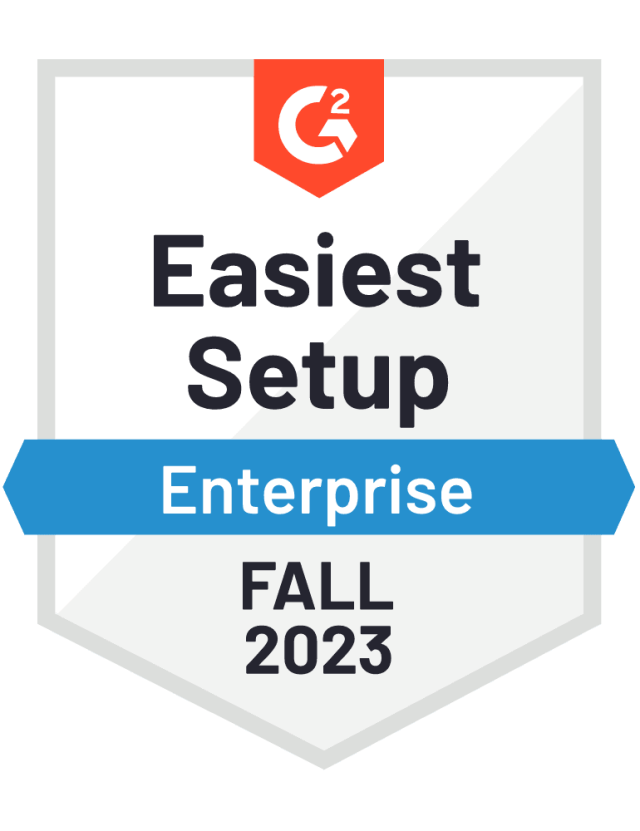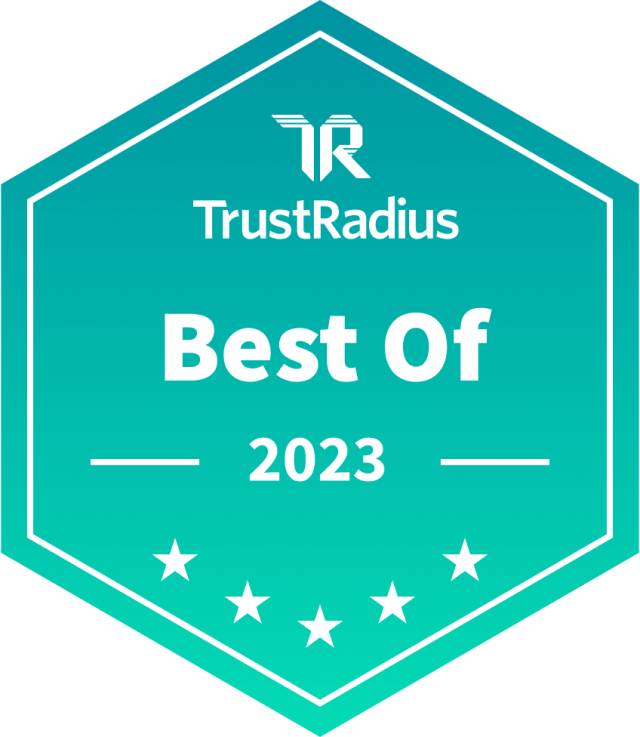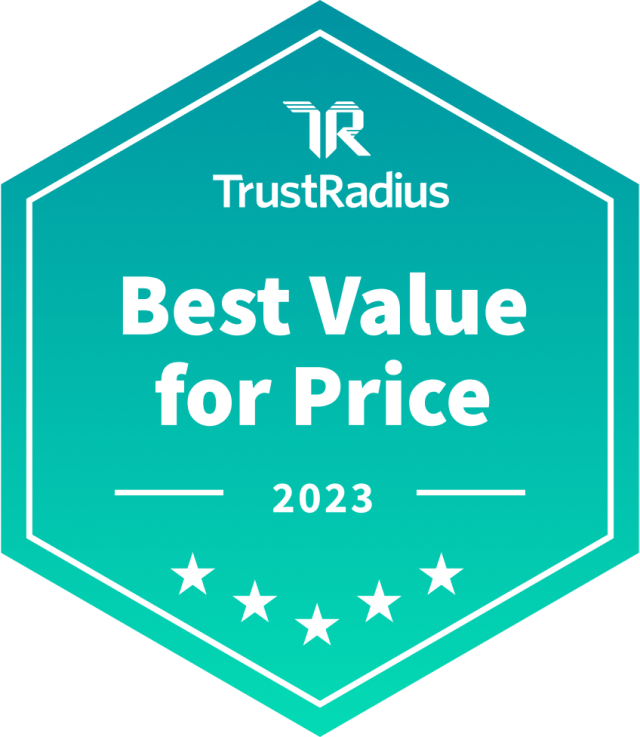For a start, Pinterest is not a social network. It’s a visual search engine, designed for discovery. People are not there to connect with others. They are actively looking for ideas or solutions over a very wide range of subjects.
As a marketer, you can tap into this by anticipating the ideas and solutions your potential customers are looking for. Attract them by creating and publishing content on Pinterest that serves them the ideas and solutions they crave, either organically or through paid advertising.
This brings us to another major difference and advantage Pinterest marketing has compared to other platforms. Did you know that after running a paid advertising campaign on Pinterest, the pin(s) you promoted during that campaign will stay on Pinterest and continue to drive traffic organically?
In addition, organic pins have an extremely long life-span. Several pins that I produced over a year ago continue to pop up in Pinterest feeds and generate traffic.
More and more businesses are marketing on Pinterest. According to eMarketer, 31.9% of US marketers used Pinterest in 2018, up from 29.1% in 2017.
Interested to learn more? Let’s dive in!
How Does Pinterest Work?
Think of Pinterest as a bookmarking tool that people use to plan their lives. People typically save - or “pin” in Pinterest jargon - images they find on the web or on Pinterest itself to different boards (collections of images around a specific topic). The pictures are clickable and link back to a webpage where further information about the image topic can be found.
The content saved by users is distributed to a wider audience by the Pinterest algorithm in people’s home feed and search results. As a business, your aim is to make your content inspirational and discoverable, so that it gets seen, saved (i.e. shared) and clicked as often as possible. Helpful content, keywords, and high-quality images are essential ingredients for success on Pinterest.
Pinner behavior
A survey of over 4,000 pinners published by Pinterest gives an indication of their shopping habits:
Pinterest also regularly publishes trend reports which give insightful information about what’s inspiring people, such as the 100 Pinterest trends for 2019. These are valuable resources that show you what people are into right now. Use it as inspiration for your own campaigns!
Pinterest demographics
The latest demographics figures published by Pinterest indicate that 250 million people use it on a monthly basis. The split is 50/50 between US users and those based outside.
With 80% of new sign-ups from outside the US, their international audience is growing fast. There is a higher proportion of female users, but Pinterest is diversifying demographically and is gaining a broader appeal with millennial men.
If your target audience is active on Pinterest, it is definitely worth adding it to your marketing mix. For categories such as food, travel, home decoration, fashion and beauty, Pinterest is an obvious choice. However, it can be made to work for practically any type of business, whether you sell products or services. Many service-based businesses do very well on Pinterest.
So, where do you start?
How to Build a Successful Pinterest Marketing Strategy
Before going into further detail, you should know that Pinterest is a long-term game that requires preparation, patience and a strategic approach. It takes a while to get traction and conversions on Pinterest, especially if you only market organically.
It is possible to speed things up a bit through paid advertising, but if you are looking for quick results, Pinterest is probably not for you! However, done right, it will send potential customers to your site for months and years to come.
There is no one-size fits all strategy when it comes to Pinterest marketing. It all depends on your business niche, the maturity of your Pinterest account and your overall Pinterest activity.
However, the following high-level approach provides a practical starting point for most business types.
Is Pinterest the right fit for your business?
To decide if Pinterest is right for your business, you need to do a little research.
Even if you are not active on Pinterest, people may already be sharing content from your website on Pinterest. To find out if this is the case, go to the following URL pinterest.com/source/your website address. This shows you pins that were pinned directly from your website, either by yourself (if you are pinning) or by other pinners. If the URL is not returning many results, this could be because your website was launched very recently or because it is difficult to pin directly from your website.
Go to Pinterest and search for keywords and phrases that are relevant to your line of business. If those keywords appear in profiles, board names, board descriptions and pin descriptions, that’s a very good indication that marketing on Pinterest is a viable option.
Ask your current customers if and how they use Pinterest. If you are not getting any results, it may not be a good fit for you. If you have positive responses for all of the above, it’s time to get started!
Set your marketing objective(s)
To measure your success on Pinterest, you need to be clear on your objectives. Typically, businesses use Pinterest to:
Increase traffic
Build brand awareness
Boost sales
Deliver an action
Set up for business on Pinterest
Once you are clear about your business objectives on Pinterest, it’s time to optimize your Pinterest account and website. To be successful on Pinterest, you need the following minimum prerequisites:
A professional, mobile-responsive website, because 80% of pinners use Pinterest on mobile
Regular content publications. For example, you regularly publish your own blog articles, podcasts, videos, photographs. On Pinterest, people are looking for helpful information to solve a problem, to learn something or to find new ideas
One or more freebies. Can you offer your potential customers something that compels them to leave you their email address (checklist, e-book, video, course)?
A Pinterest Business Account
The configuration and optimization of your Pinterest business account and website are beyond the scope of this article. However, if you do not yet have a Pinterest business account, this is one of the first things you need to take care of. It’s easy to do. You will find a detailed explanation in How to Get Ready for Business on Pinterest.
Install the Pinterest Save button on your website, so that it’s easy for people to pin content directly from your website. You should also apply for Rich Pins. If you plan to pay for advertising on Pinterest, you should install the Pinterest Tag on your website. This will allow you to start building up audiences for future advertising.
How to Design a Conversion-Focused Pinterest Marketing Strategy
If you decide to spend time marketing on Pinterest, your overall aim is to capture the attention of potential clients there to grow your business. So, how do you design a strategy that converts clicks into signups or sales?
Think like your customer
Begin with the end in mind
Treat Pinterest like a search engine
Track progress and improve
Let me explain.
Think like your customer
Your preferred customer should be at the heart of everything you do. In today’s world, customers are marketers.
Start by knowing the best times to post on Pinterest and provide lots of value on your website with free content. For example, a business coach could regularly publish content based on questions that clients ask during coaching sessions or in a Facebook group. The resulting blog articles and/or videos need to be extremely helpful and practical. They should provide ideas and information that people are searching for on Pinterest and Google.
This also works very well if you sell products. Instead of posting only product images, you could write a short article related to a product. If you sell scarves, you could write about “10 ways to wear a scarf” then reference or link to your own online store in the article.
Begin with the end in mind
When launching a marketing campaign on Pinterest, whether organic or paid, start with your end goal and then design your strategy backwards.
Let’s imagine that the business coach, mentioned earlier, recently launched a new course on “How to find your first clients”. A couple of months before launching this new course, she started preparing for it by creating a “Get First Clients Checklist” for newbie entrepreneurs.
This checklist serves as a lead magnet to attract the right people to sign up for her mailing list. She included a sign-up box for this checklist in relevant blog posts and regularly published these articles on Pinterest. Besides organic pinning, she also promoted some of the pins to a more closely targeted audience through a paid Pinterest ad campaign.
For each article, she created one or more high-quality vertical images (2:3 ratio) for Pinterest. Each contains a clear message that makes interested pinners want to click to find out more. When people click through and read the article, they may be interested to sign up for the checklist.
Once signed up, she nurtures the people on the list by providing lots of additional value. Subscribers need to know, like and trust her before they will buy anything.
To increase conversions, it is essential to first work out all the details of this backward chain of events.
Treat Pinterest like a search engine
There are different ways people can stumble upon your content on Pinterest.
The large majority of searches on Pinterest are still done through keyword search. Even on a visual search engine like Pinterest! To optimize the chance of your content getting found, the titles and descriptions of your boards and pins should include actual search terms that people use to search on Pinterest.
Do some research on Pinterest (and Google!) to see what keywords and key phrases they use to find the product/services you sell. Document them in a list and refer to this list every time you publish new content. Update this document regularly.
The Pinterest search bar is great tool to find keywords. To better understand how it works, type a few keywords in the Pinterest search bar. Take note of the suggested keywords (see example below). Do a similar search for categories and keep drilling down the list of categories you are presented with. This will give you a good idea of the most frequently used keywords.
Track progress and improve
If you already have a Pinterest business account, make note of the traffic that Pinterest is currently sending you. You should track progress on a regular basis - it tells you if your marketing efforts are paying off, or not. This also applies to newbies on Pinterest - even though you do not have any historical data to benchmark against, monthly tracking will be helpful to monitor future progress.
At the end of each month, head over to Pinterest Analytics and Google Analytics to export the data you need to track and measure your success. Here are some basic metrics you should focus on. If you are running a paid Pinterest campaign, check your campaign statistics from time to time to see if any adjustments are needed.
Organic vs. paid pin strategy
I recommend to start by mastering organic pinning to help you understand the platform and what works best for you.
Once you’re comfortable with that, try out Promoted Pins. They help you get to the top of search results much faster than organic pins. A paid campaign gives you access to additional keyword information that is not available for organic pins. It also gives you detailed information about your conversions.
Give your paid pin time to get ranked by the Pinterest algorithm - it takes click-through rate into account, so it’s best to leave it to run for a little while, at least 7 days, to let it gain momentum. The longer the campaign, the easier it is for Pinterest to optimize performance. Campaign results for the same pin or ad group (group of promoted pins) can vary enormously, depending on duration.
The Takeaway
Success on Pinterest does not come if you do not have a solid strategy in place. Before starting with paid advertising on Pinterest, master organic growth first. It is important to understand how the platform works.
To design a conversion-focused Pinterest marketing strategy, start with the end in mind and work out what you need to put in place to achieve the desired outcome. Think like your customer when creating your content and your boards. Pinterest is a search engine, not a social network, so use SEO techniques to optimize your results.
One major difference compared with other platforms is that paid ads continue to live on. After you stop paying for them, they live on as organic pins that continue to drive traffic your way.
Pinterest is a long-term game that requires preparation, patience and a strategic approach. If you are looking for quick results, Pinterest is probably not for you! However, if you do it right, you can turn it into your best business friend. It will send potential customers to your site for months and years to come.
About the Author
Mary Lumley is a Pinterest Marketing Expert who helps online entrepreneurs grow their business with Pinterest. She profitably uses Pinterest to grow her own business and advises other service-based businesses on how to increase conversions and get more paying clients with Pinterest.
Follow Mary on Pinterest, LinkedIn and Twitter.
Editor's Note: This article was originally published on socialbakers.com. Any statistics or statements included in this article were current at the time of original publication.







